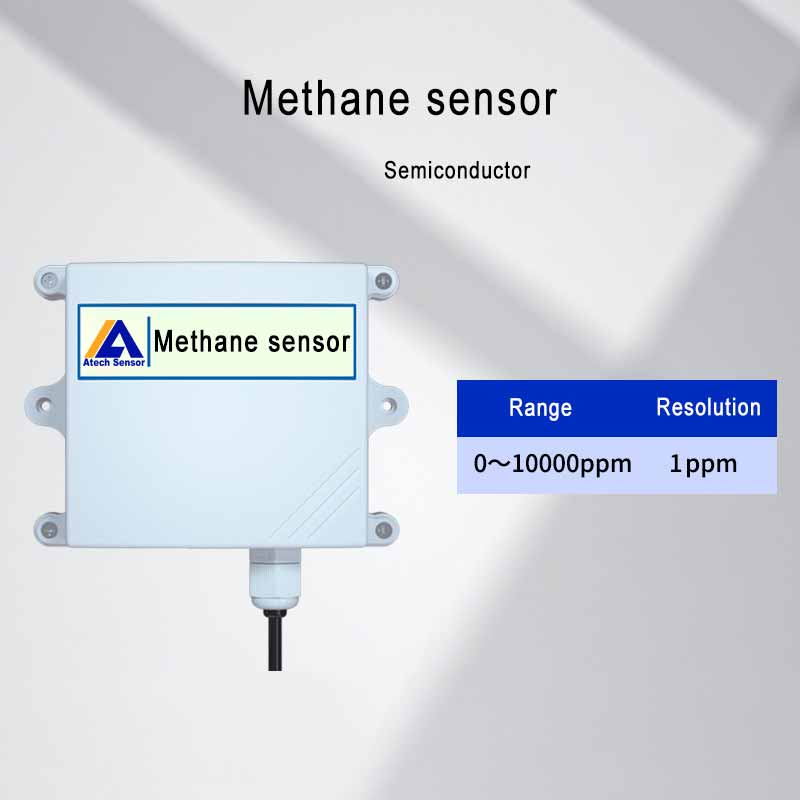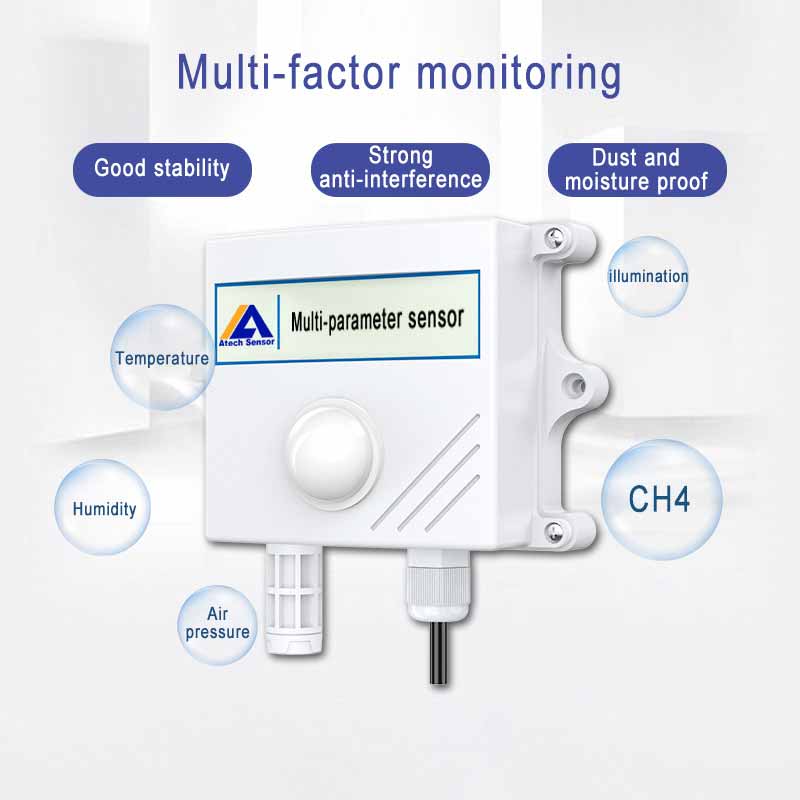What Is A Methane Sensor
Methane sensors are critical devices used to detect and monitor the presence of methane gas in various environments. Methane (CH₄) is a highly flammable, colorless, and odorless gas that can pose significant safety risks if not properly monitored. Methane sensors play a vital role in ensuring safety, environmental protection, and efficient industrial operations. This article explores the workings of methane sensors, their different types, and their applications.

How Methane Sensors Work
Methane sensors operate by detecting the presence of methane gas and converting this detection into an electrical signal that can be measured and monitored. The basic operation involves three key steps:
1. Detection: The sensor detects methane molecules in the environment.
2. Conversion: The detected methane concentration is converted into an electrical signal.
3. Signal Processing: The electrical signal is processed to provide a readable output, such as a digital display or an alarm.
Types of Methane Sensors
Catalytic Combustion
Catalytic methane sensors operate based on the principle of catalytic combustion. The sensor consists of a catalyst, typically made of platinum or palladium, which promotes the oxidation of methane gas. When methane comes into contact with the catalyst, it undergoes combustion, resulting in a change in temperature or electrical resistance. This change is then measured and used to determine the concentration of methane.
Infrared Absorption
Infrared (IR) methane sensors work by measuring the absorption of infrared light at specific wavelengths. Methane gas absorbs infrared radiation at certain wavelengths, and the sensor detects this absorption. The sensor emits infrared light at the specific wavelength of methane absorption and measures the intensity of the transmitted or reflected light. The difference in intensity is used to calculate the methane concentration.
Semiconductor Gas Sensors
Semiconductor methane sensors utilize the change in electrical conductivity of a semiconductor material when exposed to methane gas. These sensors consist of a semiconductor material, such as tin dioxide (SnO2), which acts as a sensing element. When methane gas comes into contact with the semiconductor, it chemically reacts, altering the material’s conductivity. The change in conductivity is measured and converted into a methane concentration reading.
Laser-based Sensors
Laser-based sensors, specifically tunable diode laser absorption spectroscopy (TDLAS) sensors, operate based on the principle of absorption spectroscopy. A laser beam with a specific wavelength, typically in the infrared region, is emitted towards the target gas, which in this case is methane. Methane molecules absorb the laser light at their specific absorption wavelength, resulting in a decrease in the intensity of the laser beam.
The sensor then measures the intensity of the laser beam before and after interaction with the methane gas. By comparing the two intensities, the sensor can calculate the concentration of methane present in the environment. This technique allows for highly accurate and selective methane detection.

Applications of Methane Sensors
Methane sensors are essential in numerous applications across different sectors:
Safety in Industrial Settings
Preventing explosions and ensuring the safety of workers in industries such as mining, oil and gas, and chemical manufacturing by detecting and monitoring methane leaks.
Environmental Monitoring
Tracking methane emissions from both natural sources (such as wetlands and livestock) and anthropogenic activities (such as landfills and fossil fuel extraction) to address environmental and climate change concerns.
Household Safety
Industrial Processes
Agricultural Sector

Conclusion

